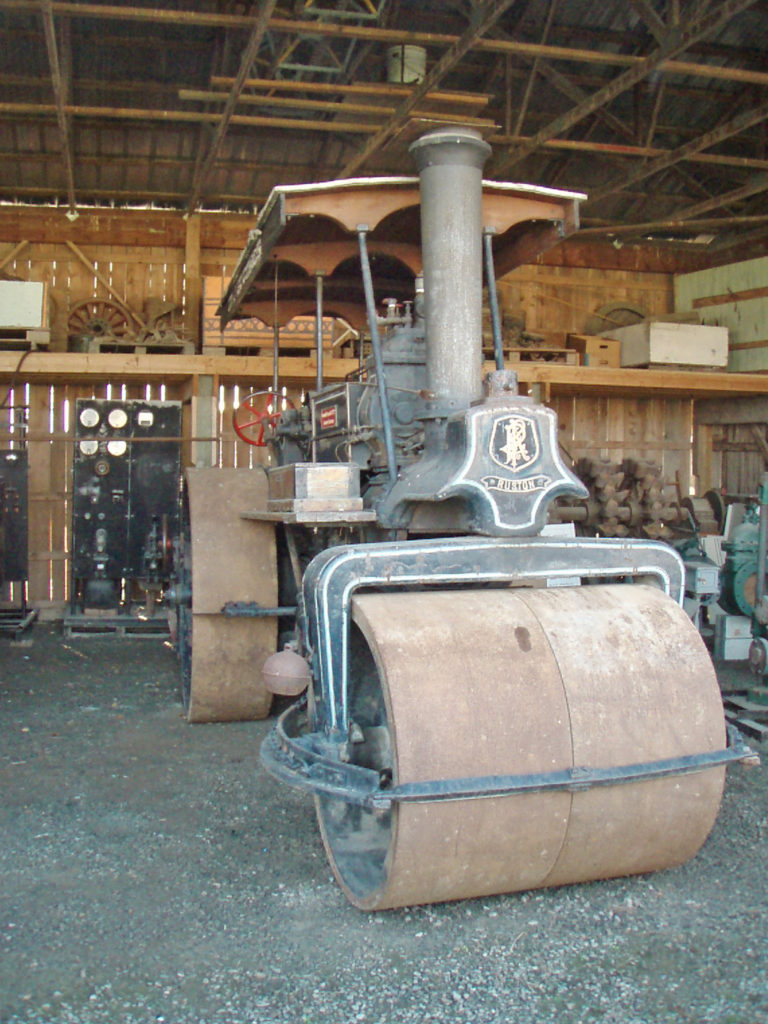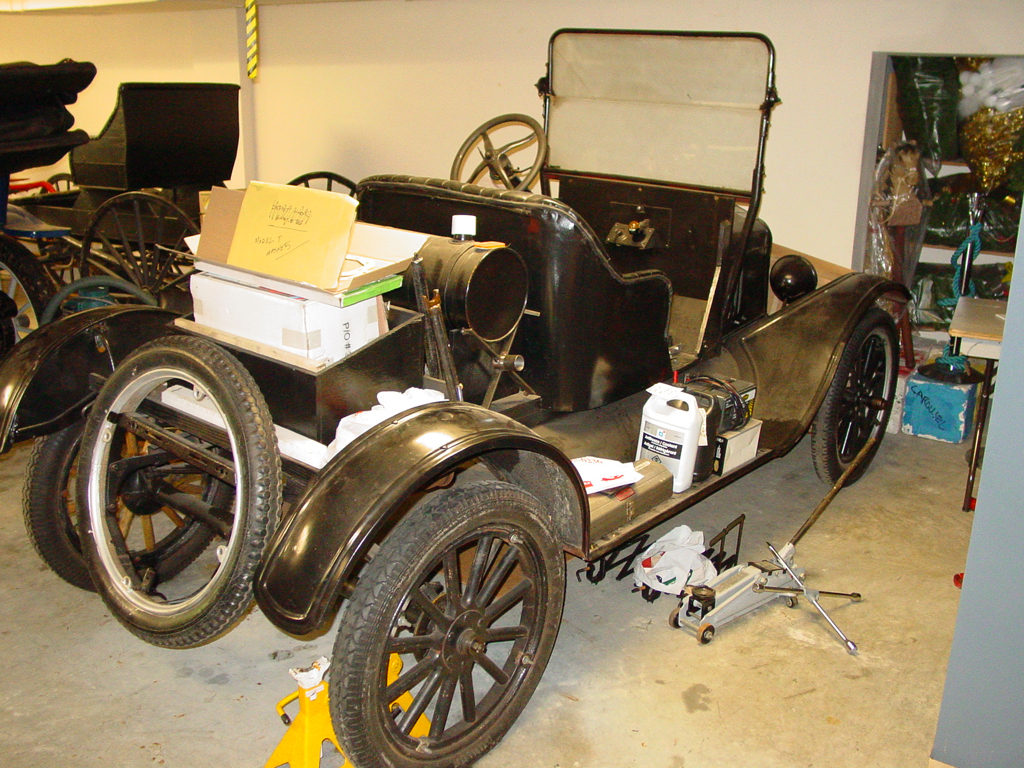
Loans, both incoming and outgoing, are one of the biggest headaches for museum Curators. Donations, purchases and deaccessions are straightforward in comparison, as the ownership of the item(s) is transferred. Loans are more complicated because the ownership remains with the lender, whether the lender is the museum or someone else, and regardless of the number of years that have passed.
Too many museums have sloppy loan records and many problems occur, especially over time. Corporate memory is very short and a verbal agreement of a loan is often forgotten over time, especially with staff changes.
My golden rules regarding loans to and from museums:
1. Loans should be for a maximum of one (1) year! At the end of the year, the lender and the borrower communicate with each other and either close the loan by returning the item(s) OR negotiate a new 1-year loan. If the owner or borrower has died, moved, changed their name etc., then the trail is still warm. The opposite is true 20 or 30 years later. K.I.S.S. – Keep it short, stupid! (a variation on the equally valid “Keep it simple, stupid)
2. Avoid so-called “permanent loans” like they are the plague. If you have any “permanent loans” or “open-ended” loans in place, work NOW to close them or convert them to regular 1-year loans. At Burnaby Village Museum my staff and I were able to resolve over 90% of the many loans. Items were either returned to the owners, placed on new 1-year loans or, if both parties wanted, they were converted to donations.
3. If you bring something into your museum as a loan, then you do NOT own it. You, the museum are responsible for storing and protecting it and must return it, unless the owner later decides to donate it. You also are responsible for maintaining the relevant records. Remember that the owner TRUSTS the museum to take care of the items and to return them in as received condition. That trust, once broken, might never be repaired and could easily end up being reported in local newspapers and social media. Imagine if it was a treasured relic of YOUR great-grandpaprents that you were placing on loan.
4. ALWAYS have a written records and receipts for ALL loans!
A FEW STORIES
- Lost Loan – My father”s best friend, Dr. I. F. “Hap” Kennedy, a Canadian Spitfire ace, who flew Spitfires in Malta during the WWII siege and later commanded a Canadian Spitfire squadron over Normandy, was shot down by Flak and evaded the Germans. He later lent his false French identity documents to the Canadian War Museum. The CWM later improperly lent them out to the Canadian Broadcasting Company and they were lost. Dr. Kennedy was naturally furious with the CWM for the rest of his life, as they had broken the trust. There is an old saying “An unhappy customer will tell 10 people about the poor service he or she received.” Today with the Internet, they night tell millions of people.
- Tractor – A large museum in Alberta reportedly restored a farm tractor at considerable effort and expense. The owner then showed up, claimed his property, and took it straight to an auction house to sell. The museum was lucky that he did not sue them as it was not theirs to restore and he might not have given them permission to restore it if it had been very original and/or very sentimental.
- Locomotive – At one museum where I was Curator, we had a well-known 1880s locomotive. We found out that it was on loan from a society and that the locomotive had been at the museum on loan for over 25-years! The museum had actually lent the locomotive to another museum for a year during that period as they forgot that it was not theirs. In pre-Internet days, my staff tracked the owners down and had the loan converted to a donatoin.

- Model T Ford car – At Burnaby Village Museum this car had been there for over 25-years. Staff thought that the museum owned it, but when I found the car’s key, the tag attached to it said that the car was a loan belonging to a certain gentleman. I turned the card over and saw that it was a business card for a member of the former Board of Directors. I had been Curator there long enough that I knew him. He told me that the owner had died. 🙁 He then told me that he was the Executor. It took about a year, but he was able to get the heirs to donate the car. 🙂
- Teddy Bear Muff – An old lady had lent her circa 1910 Teddy Bear Muff to the museum back in the 1970s. This was a hand-warmer suspended by a ribbon around the neck and with slots in the teddy bear body sides to slide the little girls’ hands into. The museum staff and public all loved it. However, when going through the accession records, we found a loan form which said that in the event of the owner’s death, the muff was to go to her niece who was named. My then very able Assistant Curator, Ms. Susan Green, in the years before the Internet, learned that the lender had died and managed to track down the niece in California as I recall. We informed the niece that it was now hers, and asked if she would donate it. She declined, and so we returned the teddy bear muff to her.
- Road Roller – At the New Westminster Museum and Archives, we discovered that we owned a 1911 Ruston-Proctor Road Roller weighing about 33,000 pounds. None of us had ever seen this “little” item however. Corporate memory is short. I traced it to having been lent to Burnaby Village Museum about 1983, but it had left there by 1986 shortly before I started work there as Curator. It was used in an EXPO 86 Transportation display in New Westminster, then went to the B.C. Transportation Museum in Surrey, B.C.. That museum was later closed down by the follish provincial government and the Road Roller eventually ended up at the Atchelitz Threshermen’s Association Museum in Chilliwack, B.C. The owner, New Westminster Museum and Archives had not been informed of those later moves. I was able to have it returned to the City of New Westminster and we heard horror stories of how it was almost been stolen during the years it was away, how part of it was in a garage that burned down (the large brass dealer name plates were saved) and that the machine was almost shipped to England where it could have been worth over $200,000.
TERMINOLOGY
Sadly English skills are declining and people make up words or use the wrong words. In 2017 I had a Curator tell me that “borrowing” was no longer used by museums and that “loan” was the verb to use in lieu of “to lend.” He was wrong. Here is terminology that I use and recommend.
TO LEND – A verb. The act of lending an item(s) to someone else..
TO BORROW – A verb. The act of borrowing an item(s) from someone else.
LOAN – A loan is an agreement to lend/borrow something, with a promise to return or repay it later. Loan is a NOUN, not a verb. It is a thing, not an action.
INCOMING LOAN – Any items borrowed by a museum from an owner.
OUTGOING LOAN – Any items lent out by the museum, e.g. to another museum.
INCOMING LOAN FORM – Used to record the loan of items coming into the museum.
OUTGOING LOAN FORM – Used to record the loan of items from the museum’s collection.
TEMPORARY RECEIPT – This refers to a short term loan and can include items offered to a museum as donations. Some museums have committees that vet donation offers so there could be a lengthy delay between the time the item(s) comes in and the time that it is either accepted or rejected. These should be numbered with the year and a number e.g. TR 2017-1, and filed sequentially. If the donation offer (all or part) is accepted, or declined, the notes are made on the form, owner signs for any returned items, with cross reference to an Accession Number if the items are accepted. Otherwise they are returned to the owner and then the TR form is closed off.
KEEPING TRACK TRACK OF LOANS
Keeping track of loans, both incoming and outgoing, is the job of the Curator or ideally, the Museum Registrar if there is one. A file folder should be created for each loan signed by both parties. The loan form and any correspondcne, research or notes should be filed there. It is best to keep a “hard copy” for legal reasons rather than go totally digital as it is a legal document. When the loan is closed, this form should be signed off by the lender and borrower. Other correspondence relating to the loan, condition reports, photographs etc. should be kept, perhaps digitally. The responsible museum person sets up a procedure to annually review the loans, either as they expire or in a given month (e.g. January) each year. After a loan has been closed off, the relevant documents should be scanned and filed, then the originals could be destroyed. One might want to keep the original documents if the borrowed items were extremely valuable.

